Donor cultivation events should be an important part of your fundraising program. Whether you are a small or large non-profit, or if you are raising money for annual operations for capital campaigns, you need to incorporate them as a vital element of your yearly development calendar.
The first question that I often get asked is, “So what should happen at these events?” My first response is, don’t ask for money! Donor cultivation events should be pure “friend-raising” events.
 Below are the key elements of a donor cultivation program that I recommend you should include at your first, or next, donor cultivation event.
Below are the key elements of a donor cultivation program that I recommend you should include at your first, or next, donor cultivation event.
- Consider where your event will be held. I highly recommend that the event be held at your facility so that prospective donors are immersed in your organization. While many are held at personal houses, one should consider keeping these events connected to the mission.
- Include a component of networking where Board members and staff can interact with staff. Board and staff should serve as greeters, welcoming the prospective donors to the event. Mingling should be a portion of the event. Consider having light appetizers for guest mingling. Board members and staff should serve as ambassadors sharing their involvement with the organization and what it means.
- Be sure to collect the contact information of those attending. This information will be critical once you go to do your post-event follow-up. And, yes, the importance of cultivation events are in the follow-up.
- Have an established program for the event. Be sure that you have handouts that prospective donors can take away with them that provide an overview of the organization, preferably by the Board Chair or Executive Director. Be sure to also highlight the organization’s history, mission and underlying philosophy, programs and services, financial numbers, and, most importantly, vision for the future. Allow time for attendees to ask questions. Questions are a way to engage prospective donors in the organization. You can also monitor those who are engaged as they would be candidates for follow-up.
- The most important part of the event should be a moving testimonial. The testimonial should highlight how the organization has impacted the client’s life. If you can’t have an in-person testimonial, be sure to have either a video testimonial or a testimonial story.
- An important element of the program should be tours of your facility; thus, the importance of step number one above. Tours bring your programs and services to life. They can also demonstrate need. Sometimes a facility speaks for the need itself, especially for capital project needs.
- End the event with a thank you and wrap-up. Be sure to thank prospective donors for attending and note that staff will be contacting them in a week to get their feedback and advice. This sets the stage for post-event follow-up.
Cultivation events can be a thing of mystery. What happens at them? What components should they include? And, what is most important to relay. Be sure that cultivation events are an active part of your development program. Follow the above formula and you will be on your way to developing critical relationships with individual donors that can last a lifetime.
For more information on how to host cultivation events, check out my upcoming webinar in April, “Hosting Your First Cultivation Event.” For more information or to register, visit here.
For a free, 30-minute consultation, or to learn more about our “Survive and Thrive” professional coaching services, visit us here at www.hireacfre.com or book your fundraising coaching session at http://calendly.com/developmentconsultingsolutions/30min.
Join my new nonprofit “tribe” who are surviving and thriving! Click HERE to join my private Facebook group: Nonprofit Survive and Thrive Mastermind and receive support and inspiration to drive your results.

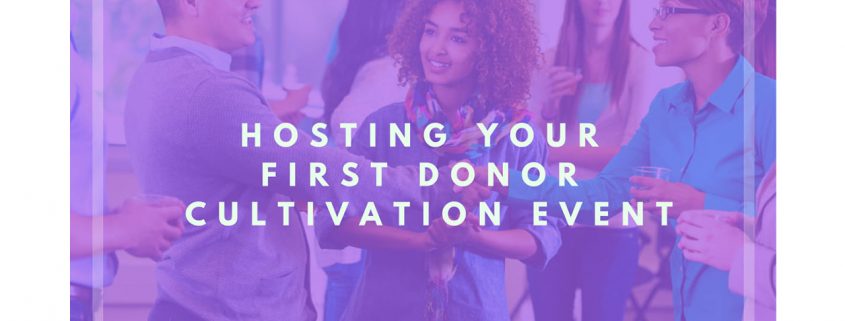
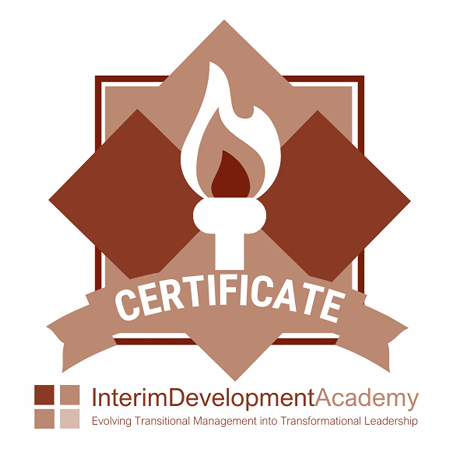

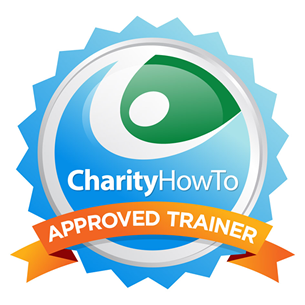
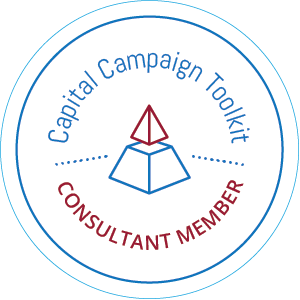

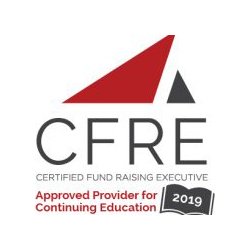



Leave a Reply
Want to join the discussion?Feel free to contribute!